Write Us
We are just a call away
[ LET’S TALK AI ]
X
Discover AI-
Powered Solutions
Get ready to explore cutting-edge AI technologies that can transform your workflow!

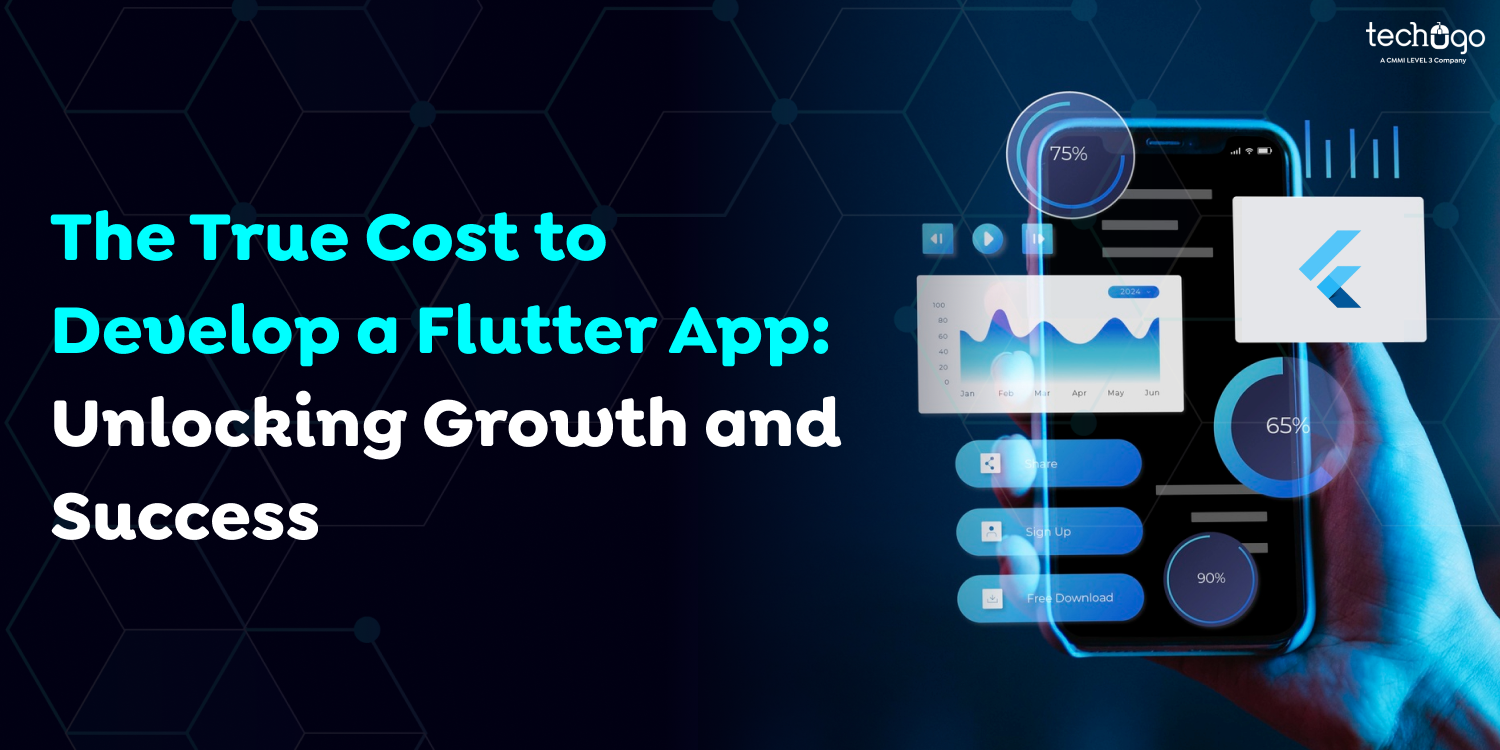
Flutter, Google’s open-source UI toolkit, has become a hot favorite in the mobile app development market. It is also known to be robust and fast; it enables the creation of beautiful natively compiled mobile, web, and desktop applications, all from a single development environment. In this blog, we will learn more about the aspects of creating a web application using Flutter and the lessons we can learn from its advantages, costs, and features to succeed.
Now that Flutter has emerged as a popular choice for app development let’s explore its core features and benefits and how it drives efficiency in creating multi-platform applications.
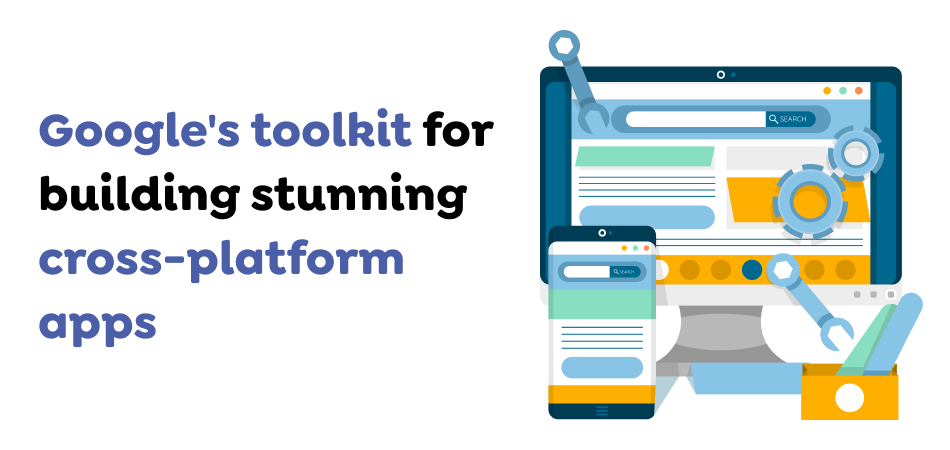
Flutter is an open-source UI toolkit by Google that allows app developers to create applications using one code base for multiple platforms—mobile, web, and desktop. It is written in Dart Programming Language and has numerous pre-designed widgets that can create an appealing UI. The framework is appreciated for its rapid development process, opportunities to elaborate an expanding interface, and high efficiency, contributing to app development progress.
Having established Flutter, it is time to examine its unique features and why the tool is such a darling among developers and businesses.
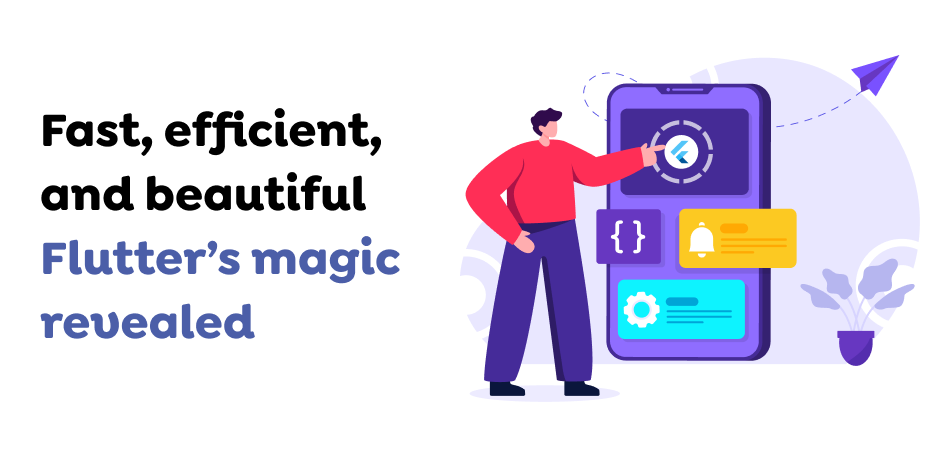
Another significant benefit of Flutter is that it uses a unified code base to create applications for different platforms. Combining businesses online, developers and others can write the code once and deploy it on Android, iOS, web, and desktop. This not only saves time but also cuts down on development costs.
This is especially beneficial to Flutter’s app development since the platform for hot reloading can enable developers to witness the changes without having to restart the application. This speeds up the rate at which products are developed, and little time is taken to make changes in a product depending on one’s feedback. App developers can play with it to create innovative user interfaces and use it to identify and correct errors faster and more efficiently.
Also Read : How Can Flutter App Benifit Your Business Processes
Flutter includes a set of widgets and utilizes Material Design and Cupertino for widget design. These widgets help developers build beautiful and responsive UI with relatively less work. Their ability to make other changes to this widget makes the whole experience even more personalized.
The Flutter framework builds applications for deployment to the ARM architecture and always operates efficiently and quickly. This is especially so for more extensive applications that use many resources and consequently need to execute animations and transitions flawlessly.
Flutter came to the limelight as an open-source framework that provides options for developers or contributors. The members of this community are always ready to share knowledge, resources, and user experience with newcomers to Flutter to develop applications.
Also Read : Artificial Design Intelligence Redefining User Experience
In this way, Flutter has the advantage of being easily integrated into other ongoing applications. This gives businesses more scope to improve what they already have rather than require the developers to rebuild everything. This means it can be pocket-friendly for companies wanting to renovate their apps.
The language used in Flutter and Dart is easy to learn, especially if you are a developer used to JavaScript or Java. It is easy to understand because it has clear syntax and is object-oriented, suitable for both new and old programmers.
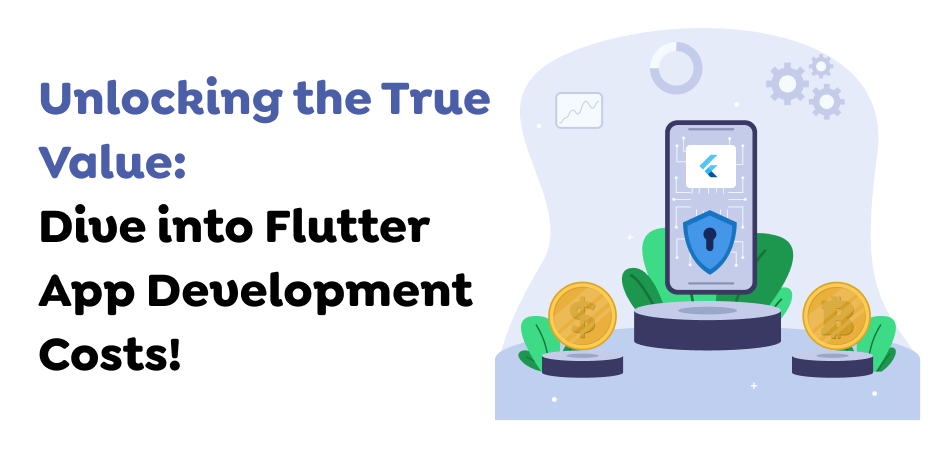
When conceptualizing any Flutter application development project, the associated cost structure has to be considered. The cost to develop a Flutter app can vary significantly based on various factors:
The number of features in the app table depends on how the features are applied in the app’s development, which determines the cost of the app development. Hence, an app that directly engages essential functions will cost less to develop than an app rich in features, third-party compatibility, and personalized look.
Quality design is a significant factor that determines an application’s success rate. Extra design costs are involved only in the case of a distinct design or the mass of UI/UX work needed for your particular project. Design can prove expensive but could lead to more usability and return patrons of the website.
The location of your development team also plays a huge influence on costs. While hiring developers from low-cost areas may lead to fewer expenses, it is also possible to face high costs if working with teams from areas with high costs of living. There are pros and cons to choosing a cheap or less expensive development team; however, it is still important that the development team has a good and professional background.
The skill level of the mobile app developers you hire will also determine how much you will spend. We also look forward to meeting highly skilled developers who may charge highly but can do the work in a shorter period. On the other hand, junior developers may cost less but proceed slowly, and delivering subpar work may take longer.
Therefore, the requirements for a particular app can significantly affect how much it will cost to build. Push notifications, real-time chat, payment integration services, and other features with complicated backend systems add time and costs to the project, increasing the general budget.
Unfortunately, this is not the end of the development process, and this is where most developers fail; the launch of the app needs recurring support and evolution to ensure the app is running well and to add new features. Allocating these costs is essential to formulate a long-term strategy for the application’s survival.
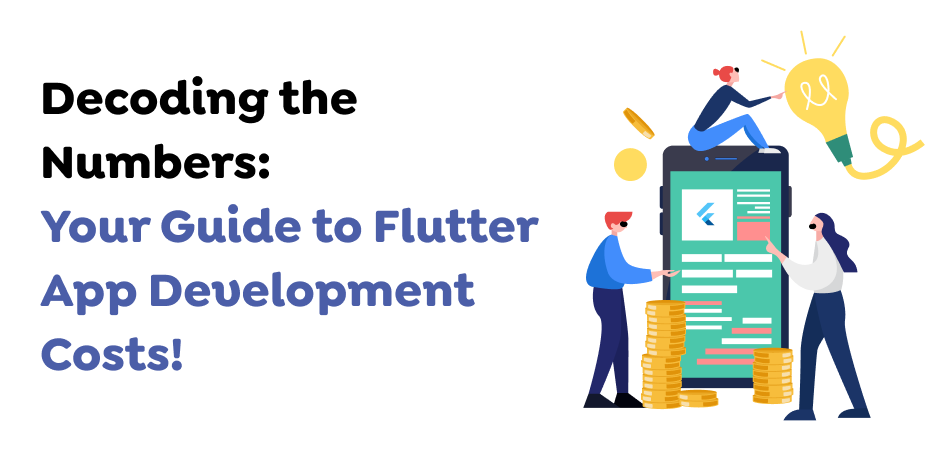
Of course, each type of application has its own cost, which ranges from affordable to expensive, so having a general idea about the costs depending on the type of application this reader wants to create is valuable. Here’s a breakdown of potential costs associated with Flutter app development:
A basic application with minimum components can cost from $10000 to $30000. This includes a basic User Interface, low or no back-end integration, and basic capabilities.
An application with additional functions, including user authorization, real-time updates, and third-party APIs, can take $30,000-70,000. This level often implies a higher degree of design effort and sometimes even a higher degree of testing.
Also Read : Guide to API Development Importance Types Tools Terminology and best Practices
This means that an app with involved built-in features, individual design, and deep integration with back-end systems may cost between $70,000 and more than $150,000. This application usually requires an exceptional team and takes more time to create.
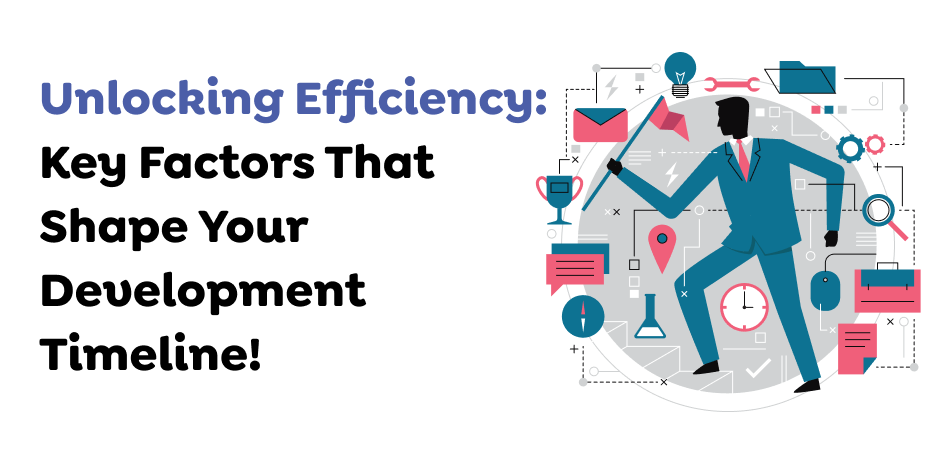
The cost to develop a mobile app, several factors can influence the time required for Flutter app development:
Early investigation and research must be conducted in that area when construction commences. This phase involves determining the application’s goals, objectives, target users, and other marketing automation factors. The more the division of the stage is detailed, the easier the development process becomes.
As we have determined above, creating a good website presentation and making a sound and welcoming first impression takes a lot of time. We are developing the wireframe, preparing the prototype, and the feedback from the user, a crucial activity in allowing the last part of the solution to be designed to meet the user’s expectations.
The real development phase still comprises coding, API incorporation, and creating birthdays. The duration of this phase will depend on the number of features implemented in the app and the app’s overall nature.
To satisfy the usability aspects of a modern mobile application, the application must undergo several tests. These are generally known as functional testing, performance testing, and the user acceptance phase of testing. The testing time depends on the app or product and the number of specialized features a program can possess.
Also Read : Why The Future of Flutter Will Be Your Next Bing Obsession
Completing the app store submissions, marketing plans, and after-launch plans are some activities in preparing the mobile app for launch. Adding development time to the project schedule can also contribute to this phase.
To ensure a successful Flutter app development project, consider the following best practices:
Defining specific goals for your app will make your work easier, especially when developing it. Identify your required user and client demographics, the application’s purpose and proposed solutions, and necessary characteristics.
Among the things that should be considered is ensuring the implementation of a user-friendly design for the site. Perform additional user research and collect data from users during development to retain the app’s relevance to the users.
Also Read : Flutter Optimization Techniques To Improve Exiting App Results
Take advantage of Flutter’s features, such as hot reloading the many different widget libraries and custom animations, to help optimize your app.
Ear enough time and money for testing because it helps to find all the bugs before launching the site. However, This process can be made easier by using Automatic testing tools to ensure that the results obtained are accurate.
After its release, always check your app’s performance, users’ engagement, and reactions to the app. Incorporate the analysis of users’ interactions and potential problems and make relevant decisions about future changes.
You should develop your app for scalability. As more users adopt your application, it should be possible to constantly handle more load and innovate.
Flutter does not have a stagnant version. It is constantly developing with many updates and new features launched. Follow the framework’s updates to learn about new opportunities that might already be available.
How to choose a mobile app development company? Look for expertise, proven success, and a commitment to meeting your unique business needs—qualities that make Techugo your ideal partner for Flutter app development.
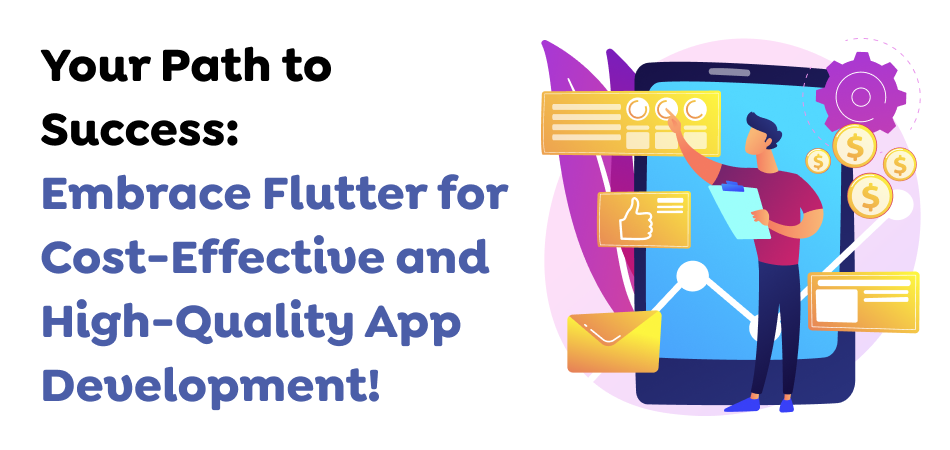
Flutter app development company provides a robust framework for developing an app for multiple platforms using a single code base. If you know all the costs determining Flutter development and apply the best practices; you will get a result that fits users’ expectations and differentiates them from competitors. For new start-ups and mature businesses alike, Flutter contains the tools and materials to design practical and customer engagement applications by which success is achieved.
Therefore, investing in the development of the Flutter application will provide a quality outcome at a lower cost and in less time. Due to the increased popularity of applications developed for multiple platforms, Flutter should still retain its position among developers and companies.
Techugo is the best partner for your Flutter app development as we boast the best team to develop your app to suit your specific and superior needs to meet future growth and improve customer satisfaction. Techugo has done 750+ precisely successful projects over the years, leveraging AI & ML with powerful Flutter skills, creating aesthetically remarkable and highly refined apps. Since they rely on data analysis, their solutions help organizations to address customers’ needs and optimize processes. Select Techugo as your partner for your dream app, which will work to create success in the saturated market.
Ready to bring your app idea to life? Get in touch with Techugo today, and let’s transform your vision into a stunning reality!
Write Us
sales@techugo.comOr fill this form